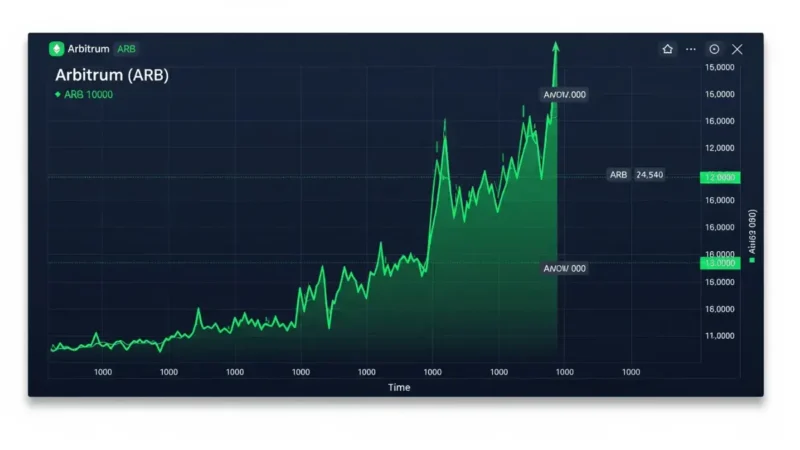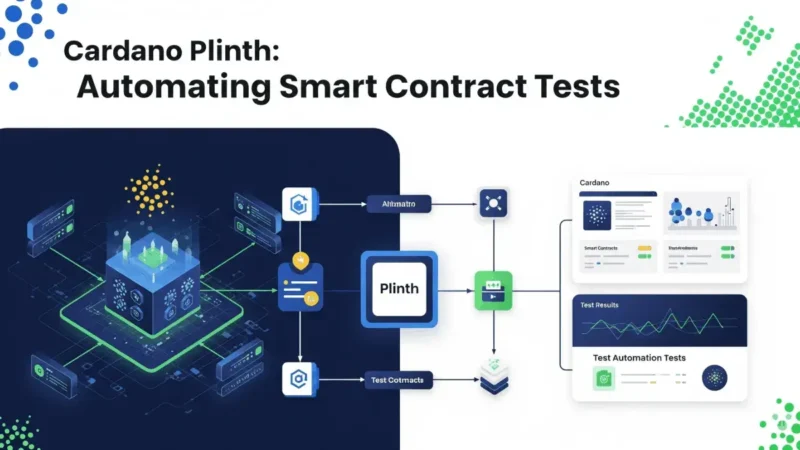Ethereum fusion upgrade glitch leads to $157 million in ETH liquidations in 24 hours

ETH lost more than 7% in less than 24 hours after the announcement of the Beacon chain block reorganization. Ethereum Beacon Chain is undergoing a seven-block reorganization.
Like other crypto and traditional financial markets, Ethereum is also facing intense selling pressure. Our data shows that Ethereum is down 3.4% in the last 24 hours to trade at $1,770. The second-largest cryptocurrency’s bad week has only gotten worse with the new downtrend.
ETH price is down over 16% in the last week. Its price of $1,731 at press time represents a sharp drop from its price of $2,077 on May 22.
According to Coinglass, ETH’s fall in value led to more than $157 million in liquidations.
Reasons for the recent price drop
There are several reasons for ether to drop in value. The most notable was the recent suspension of the countdown to the network’s “merge” originally scheduled for August. The “merge” is Ethereum’s shift from a PoW to a PoS network.
The parallel version of the switch, technically known as the beacon chain, has been running since December 2020. The completion of this switch will spell the end of the PoW version.
However, on May 25, a block reorganization of the Beacon chain occurred. Such events indicate that there was a temporal fork in the beacon chain. Such forks mean that multiple blocks of transactions are processed on another, similar version of that beacon chain.
BeaconScan, a top block explorer, claims that the blockchain has been generating blocks non-stop ever since. However, Preston Van Loon, a leading Ethereum core developer, states that the Ethereum team will soon publish a detailed analysis of the event.
Possible high level security risk
The event of the blockchain reorganization of the Ethereum beacon chain indicates a possible high-level security risk. A malicious attack or a network failure are the two most common causes of such a reorg. But in both cases, the blockchain is duplicated.
The effects of a reorganization are all the more serious if there is not a solution for it quickly enough. Gnosis CEO and an insider on the matter, Martin Koppelmann, say the beacon chain reorg affected seven blocks.
This reorganization is the longest in recent history. The beacon chain will enable native staking on the Ethereum network. Staking allows validators to start adding blocks to the Ethereum chain.
Staking allows holders to pledge their assets to a blockchain. This is also one of the most common benefits of the PoS mechanism. So, if there are problems with the beacon chain, the Ethereum network transition from PoW to PoS consensus mechanism will be delayed.
According to Koppelmann, the reorganization is proof that the merger can not yet take place . He added that “developers need to reconsider the current node attestation mechanism. Then we can hope that the chain will become more stable.”
A reorg occurs when two miners simultaneously add transaction blocks of equal difficulty to a network. When a reorg happens, there is a duplicate version of the blockchain. The technical term for this is fork. The miner who wants to add the next block must choose one of the two post-fork continuations as the right one.
The other part is then automatically discarded. A seven-block reorg means that seven blocks of transactions were added to the network before the developers deleted that portion of the fork. Etherscan.io data estimates that each block of the Ethereum chain contains an average of 250 transactions.
These transactions are worth around two ETH. If there are similar versions on a blockchain, someone can spend the same asset twice. This event can occur even if similar versions only exist for a short period of time.
When this is done in a malicious manner, it’s known as a double-spend attack. Such a double-spend attack was carried out on ZenGo Wallet two years ago. In a double-spend attack, the hackers send a transaction with the lowest fee. Then they immediately increase the fee to motivate miners to quickly verify the transaction.
However, they would redirect the funds to a new wallet address. However, the reason for this reorganization and the possibility of a double-spend attack is not malicious. The miners use specific software to determine which part of the fork they will choose.
That’s the attestation strategy that Koppelmann pointed out in his Twitter thread above. Some of the network’s core developers and Vitalik Buterin shared insights on Koppelmann’s Twitter thread.
What you should know about Reorgs
Buterin also provided some information on whether the miners were using outdated mining software, which could have been the cause of the reorgs. Last year, Ethereum CEO and Paradigm CTO Georgios Konstantopoulos had a lengthy discussion about Reorgs.
Part of the summary of their discussion was that a Reorg with more than five blocks could indicate a malicious attack. They agreed that network latency can cause reorgs of up to two blocks and that’s fine.
They went on to say that a five-block reorg can occasionally happen due to a combination of network latency and just plain bad luck. However, reorgs beyond that are likely an indication of a malicious attack, a network glitch, or a client bug.
Conclusion: We simply don’t know what exactly is going on, but such a high potential security risk is likely to keep developers working a few night shifts…



